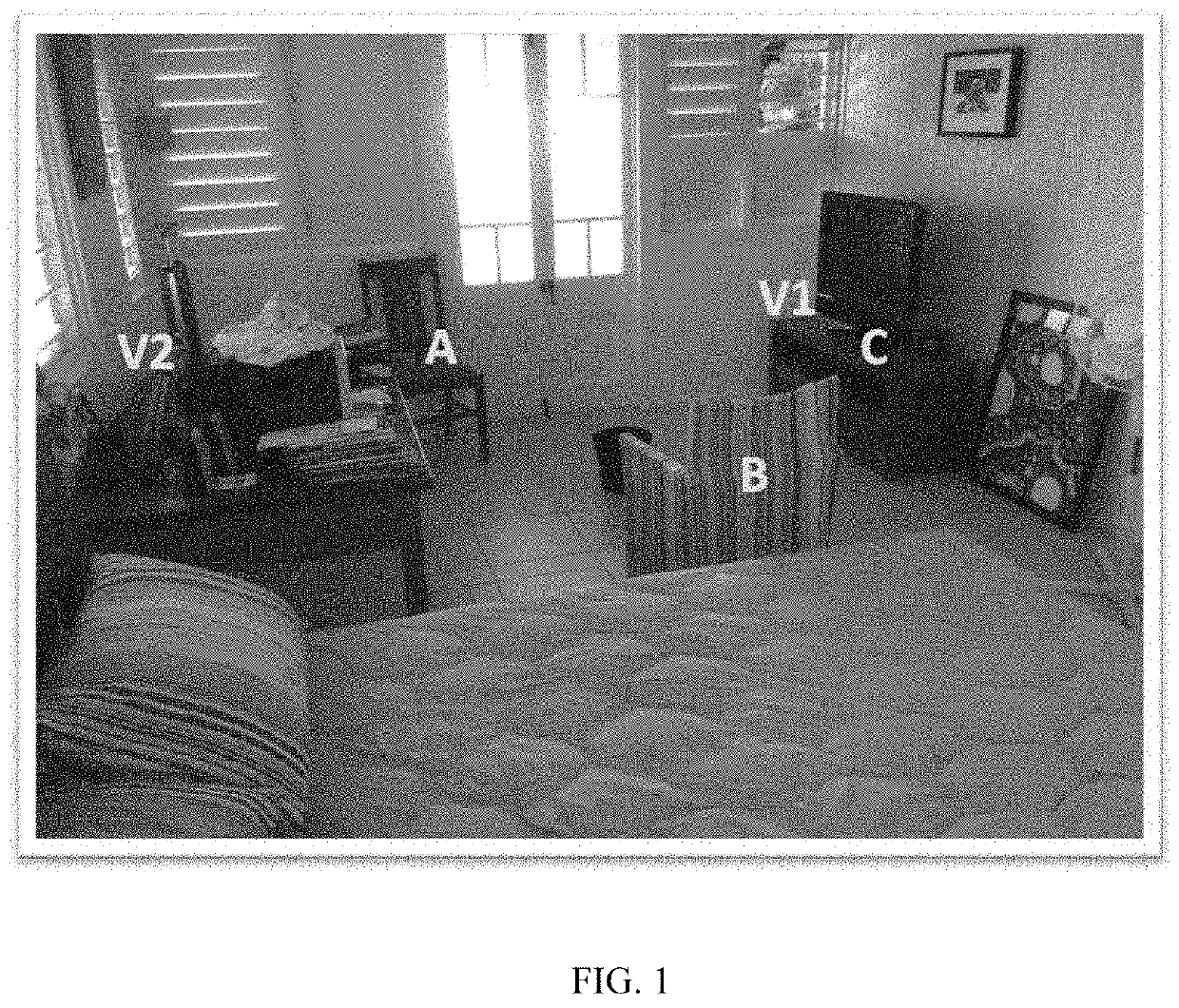Catmint oil repellent against mosquitos
a technology of catmint oil and repellent, which is applied in the field of hydrogenated catmint oil (hco) insect repellent formulations, can solve the problems of unfavorable skin surface, unfavorable skin hygiene, and inability to easily remove materials or substances, and achieves the effect of reducing the risk of infection, and improving the resistance of the skin
- Summary
- Abstract
- Description
- Claims
- Application Information
AI Technical Summary
Benefits of technology
Problems solved by technology
Method used
Image
Examples
example 1
[0031]The trials described below were conducted to demonstrate the effectivity of spatial HCO formulations to repel free flying female mosquito Aedes aegypti (“mosquitos”) within a domestic setting. Essential oil treatments including water-based solutions with HCO active ingredient were tested, as well as control samples absent of the HCO active ingredient.
[0032]The experimental room was a bedroom having a cubic area of 50 m3, within a Queenslander style house in Cairns QLD. Within the bedroom were released 30-40 female mosquitos. All windows and doors in the bedroom were closed to prevent escape of any of the mosquitos. Three human subjects, e.g., hosts, conducted a human landing rate (LR) count. Each of the subjects, having both of its lower legs exposed, entered the bedroom and remained inside for five minutes prior to dispersion of the HCO formulation. During this period, the LR count for each subject was recorded as the pre-treatment count. Subsequently, at least one vaporizer ...
example 2
[0062]Trials were conducted 24 hours post-treatment to measure the knockdown (KD) of mosquitos exposed to a spatial HCO formulation. Two tambourine-style mesh cages were placed in the bedroom described in FIG. 1, next to the LR station (V1) and in a far corner of the bedroom approximately 2 m from V1. Each cage contained 10-15 male Ae. aegypti (“mosquitos”). The mosquitos were exposed to HCO formulation 2 using the same vaporizers in Example 1. FIG. 2 is a photograph that shows the vaporizer and tambourine mosquito exposure cage used in conducting these trials. The KDs were recorded at 10 minutes, 30 minutes and 60 minutes. No knockdown of the caged mosquitos was observed after 60 minutes of exposure to HCO formulation 2. One cage was then directly exposed to a vapor plume of HCO formulation 2, and some KDs were observed. It appeared that as the mosquitos became saturated by the mist, they were unable to fly. After 24 hours, mortality of the mosquitos was minimal with 0 and 10% KD, ...
PUM
 Login to View More
Login to View More Abstract
Description
Claims
Application Information
 Login to View More
Login to View More - R&D
- Intellectual Property
- Life Sciences
- Materials
- Tech Scout
- Unparalleled Data Quality
- Higher Quality Content
- 60% Fewer Hallucinations
Browse by: Latest US Patents, China's latest patents, Technical Efficacy Thesaurus, Application Domain, Technology Topic, Popular Technical Reports.
© 2025 PatSnap. All rights reserved.Legal|Privacy policy|Modern Slavery Act Transparency Statement|Sitemap|About US| Contact US: help@patsnap.com



